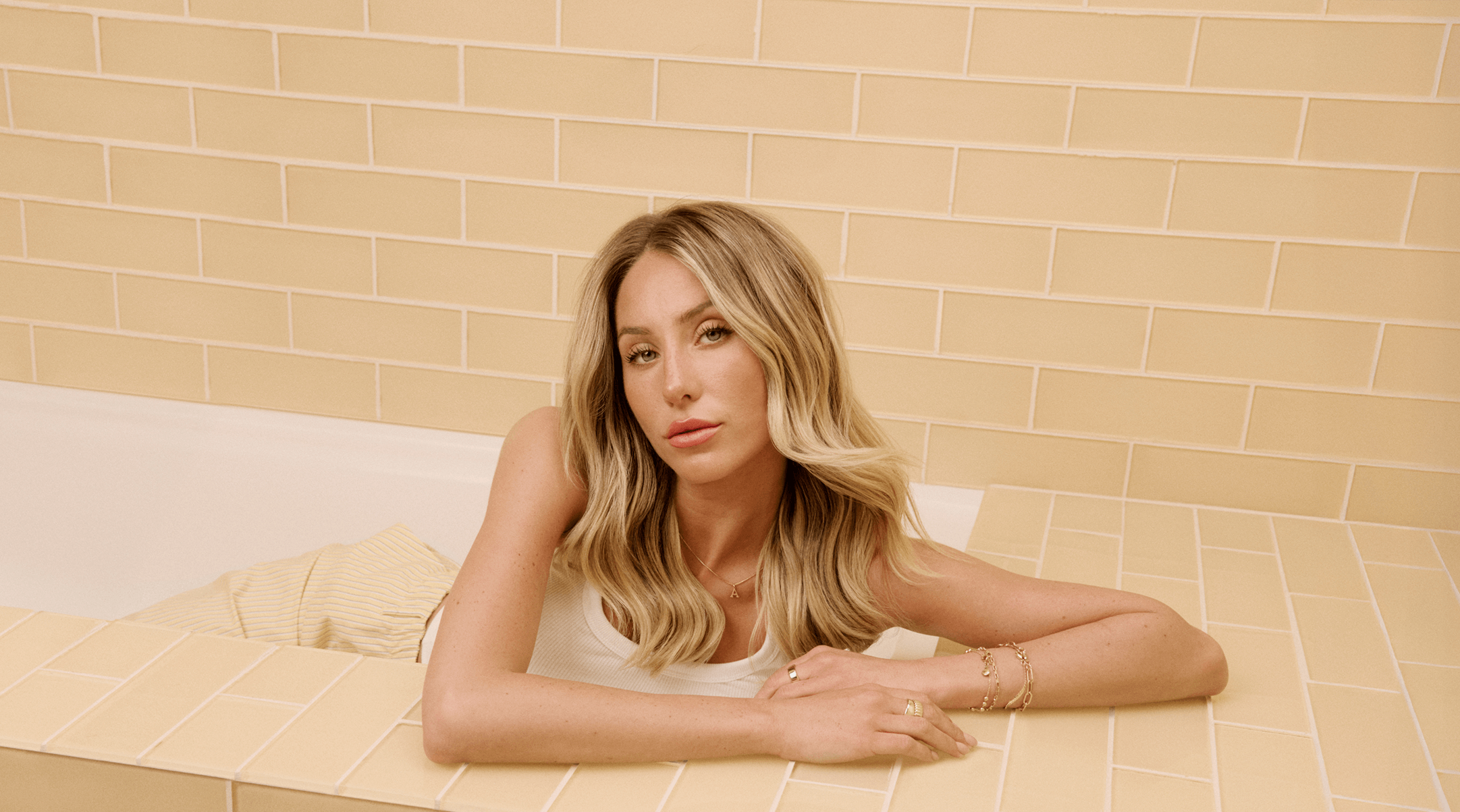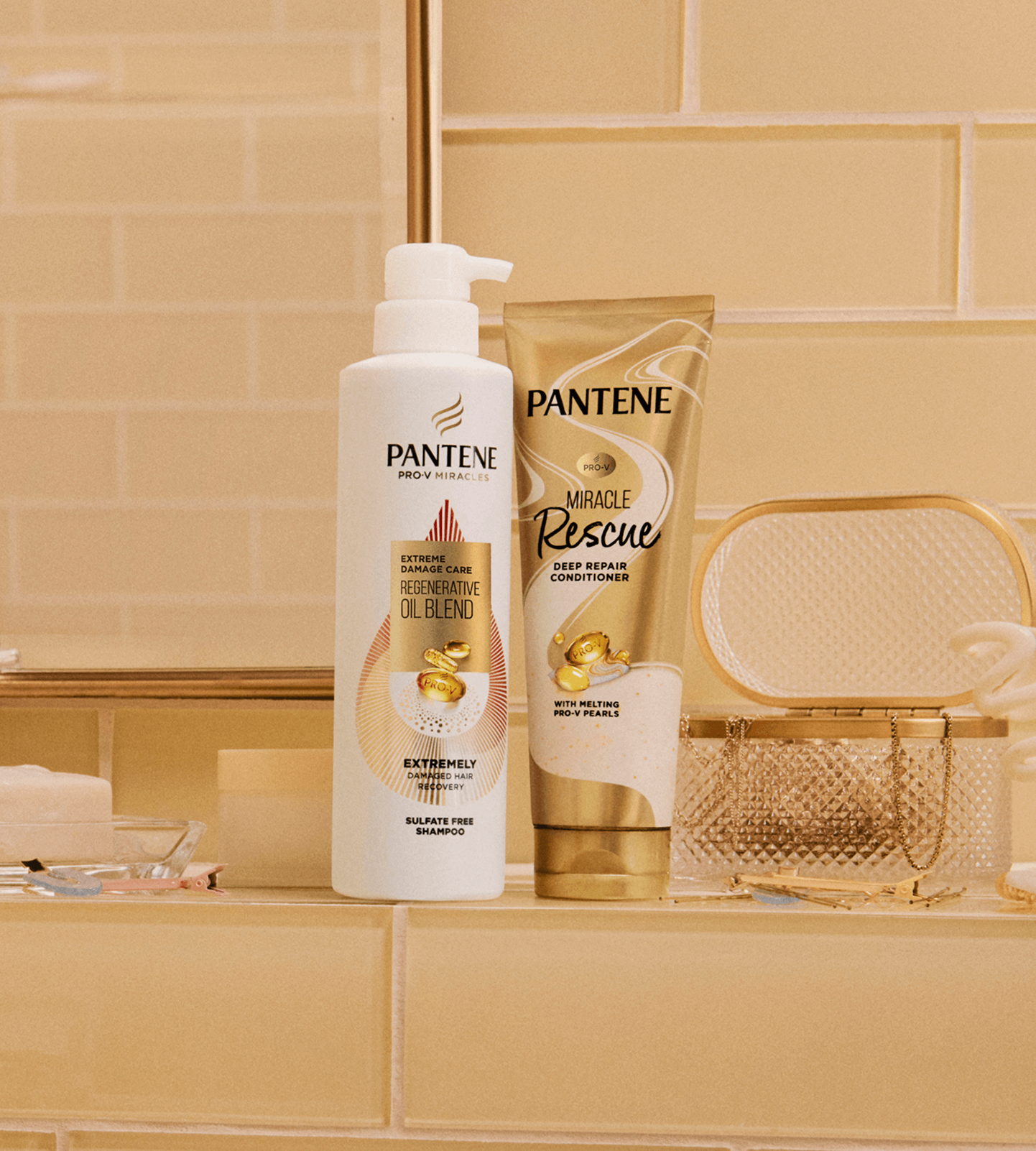


Unexpired collection


Whoops, access to Alix's Collection expired.
But don't worry, you can still shop the same stuff below.*
It's still better than the luxury stuff according to Alix








Whoops, access to Alix's Collection expired.
But don't worry, you can still shop the same stuff below.*
It's still better than the luxury stuff according to Alix
